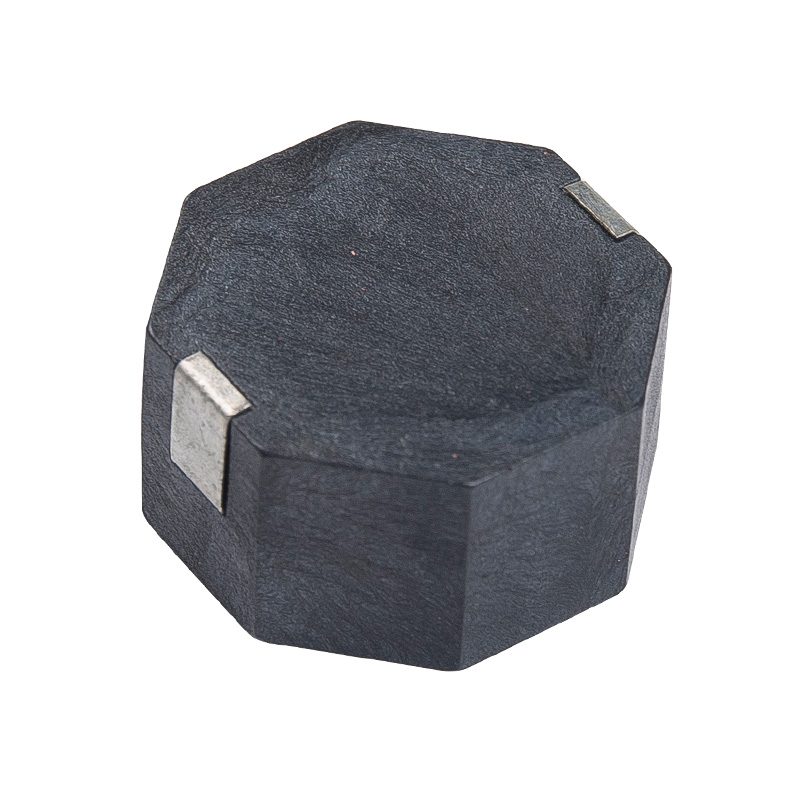The efficiency and performance of a Piezo Buzzer greatly depend on the type of piezoelectric ceramic chosen. The piezoelectric ceramic acts as the central component responsible for converting electrical energy into mechanical vibrations, thereby producing sound waves. It is crucial to consider the material's properties as they directly impact the overall effectiveness of the buzzer.
Opting for high-quality piezoelectric ceramics is essential as they exhibit a strong piezoelectric effect. This allows for efficient conversion between electrical and mechanical energy, resulting in a more responsive and effective sound output from the buzzer. The material's ability to swiftly deform and return to its original state is vital in producing clear and distinct sound signals.

Moreover, the choice of piezoelectric ceramic significantly affects the resonance frequency of the Piezo Buzzer, which is crucial for achieving optimal sound performance. The material's unique characteristics determine how rapidly it can respond to variations in the electrical input, influencing the speed and clarity of the generated sound waves.
Durability is another crucial consideration for the piezoelectric ceramic. Choosing a robust material ensures long-term reliability even when subjected to repeated mechanical stress. The ceramic's capability to withstand deformation without compromising its piezoelectric properties contributes to the longevity of the Piezo Buzzer across various applications.
In summary, selecting a high-quality piezoelectric ceramic is essential to ensure the efficiency and performance of a Piezo Buzzer. Its responsiveness, ability to maintain resonance, and durability collectively contribute to the buzzer's effectiveness in converting electrical signals into audible sound. Consequently, it becomes a reliable component suitable for diverse applications.


 EN
EN  English
English Deutsch
Deutsch 中文简体
中文简体
